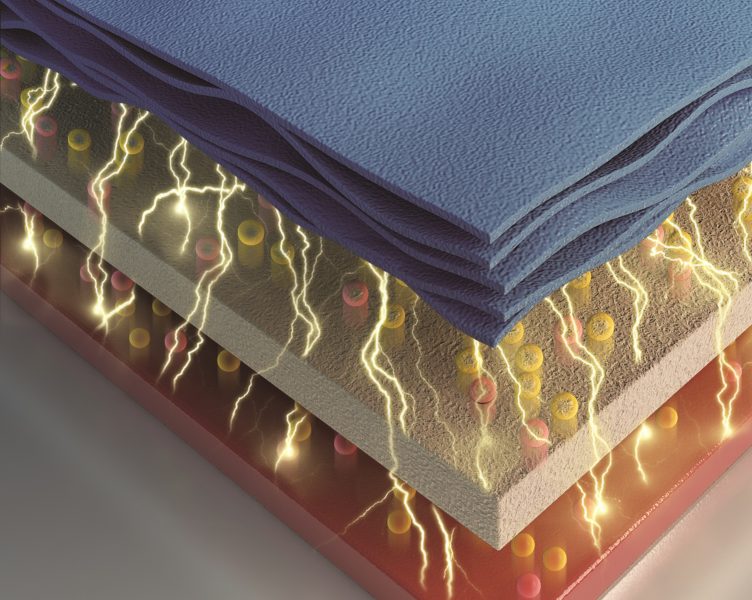Hui-Ming Cheng of the Chinese Academy of Sciences works with Da-Wei Wang (The University of New South Wales) and Quan-Hong Yang (Tianjin University) to clarify problems with the current metrics used to quantify supercapacitor performance. Here he speaks to Advanced Science News to explain these problems and how to solve them.
For more comprehensive information and tips on how to apply these metrics properly, check out his and his co-workers’ important paper “The Quantifying Metrics for Unified Volumetric Performance of Supercapacitors“. As part of the Excellence in Energy series, this paper is currently free to access.
What metrics are important for assessing supercapacitor performance?
Historically, the performance of supercapacitors has been evaluated on a gravimetric basis (F g–1 or Wh kg–1), which is the most basic and important metric that should always be used for assessing supercapacitor performance. To determine the practical potential of a particular electrode material or system in a limited space, volumetric performance metrics (F cm–3 or Wh L–1) should be treated as equally important as the gravimetric metrics. As the volumetric energy density and power performance (W L–1) of a supercapacitor device are highly related to [the] electrode’s thickness, porosity, areal mass loading, and operation voltage window, all of these parameters should be provided for the accurate assessment of supercapacitor performance.
What challenges are associated with their calculation and use?
The volumetric capacitance is often converted from the material density and the gravimetric capacitance; however, the selection of material density could be arbitrary. The known density of a material is usually different from that of the same material as used in an electrode. This is due to the formation of primary and secondary particles during electrode processing, such as solvent mixing, coating, drying, and calendering. This arbitrary error indeed sometimes causes an overestimation of the volumetric capacitance of the material.
Furthermore, the volumetric capacitance of various electrodes containing the same active materials differs depending on the electrode processing. For example, the electrode porosity, compression force, and the percentage of inactive additives (e.g., binder and carbon black) can be influential and affect the final volumetric performance.
The pore structure also plays a vital role in supercapacitor performance. The specific surface area, pore size distribution, pore volume, and density of the materials are usually characterized from the N2 adsorption–desorption isotherm. Unfortunately, this technique can hardly provide reliable results when the materials contain ultra-large macropores, interparticle voids, and ultra-small micropores.
How can we overcome these challenges?
The absence of universal rating criteria might fail to provide a reliable comparison and reveal the true differences in volumetric performance. The use of different criteria for the volumetric metrics somehow encourages many reports claiming “superior” volumetric performance, some of which are confusing or even invalid. Therefore, we urgently need to establish a unified standard that can be widely accepted, valuable for both academic and industrial investigations.
In this context, we (three scientists who have worked in this field for a long time) have proposed a three-stage rating system to quantify the volumetric performance of supercapacitors based on the three progressive levels of materials, electrodes, and devices. It is hoped that this proposal will be of value for the whole energy-storage research community.
This article was updated on October 11, 2019, correcting Hui-Ming Cheng and Quan-Hong Yang’s affiliations to the Chinese Academy of Sciences and Tianjin University, respectively.

















